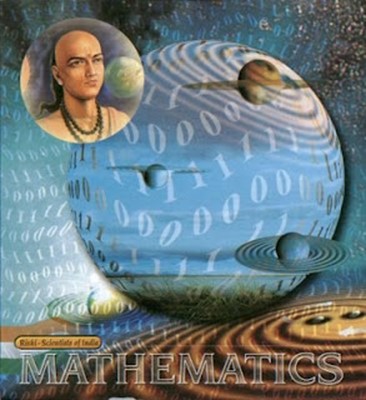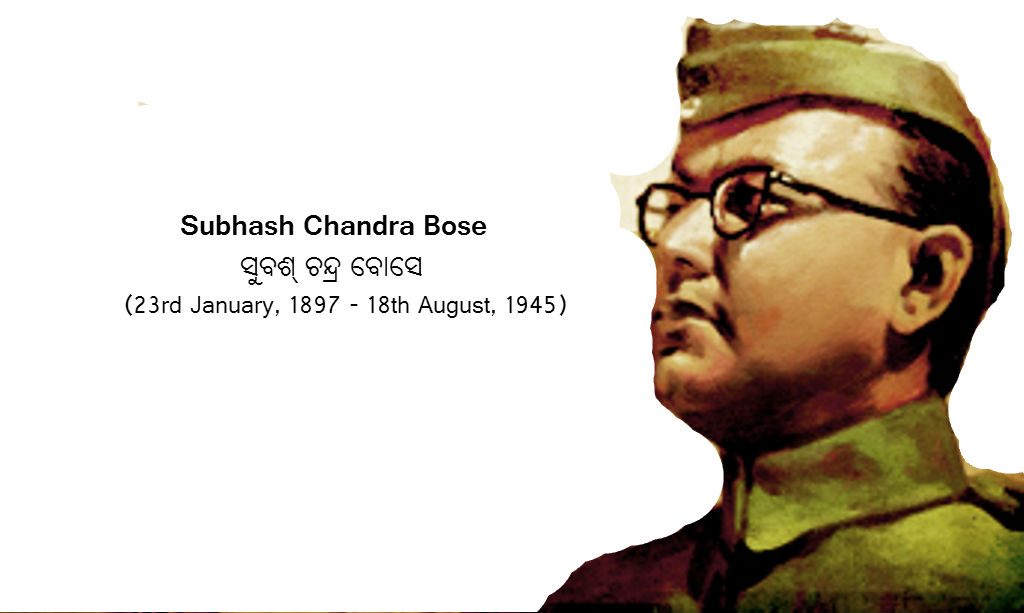Sunita Williams Biography & Essay
Sunita Williams Biography : Sunita Williams was born on September 19, 1965 at Ohio, United States. She is an American Indian Astronaut. Being an Indian origin Sunita is one among the four astronauts picked by NASA to train for a program which will one day land on Mars.
Who is Sunita Williams ?
Sunita Williams, a US navy captain, is a veteran of two long-duration space flights and has spent a total of three hundred and twenty two days in space. Sunita Williams hold a record for total cumulative space walk time by a female astronaut which covers fifty hours and forty minutes. She has been selected by NASA for commercial flights to the International Space Station from the US soil. Sunita is a US navy captain and she received her commission in the Navy in May 1987 and then she became a helicopter pilot, logging more than 3000 flight hours in more than thirty different aircraft. She now ranks sixth on the all time US endurance list and second all-time for a female astronaut. Being an Indo-American Sunita Williams said about Kalpana Chawla in a talk that ‘I had to continue Kalpana’s dream.
Sunita’s voice was filled with emotion when she was talking about Kalpana Chawla who was her close friend and colleague. Sunita wants to just fly on the next spacecraft once again. Sunita never got bored in space. When had some time she would simply peep out of the spacecraft window and watch the earth and the stars go by. Sunita is a great inspiration to many of the young Indians and not only Indians but also the people all around the world.
Military Career of Sunita Williams
Williams was commissioned an ensign in the United States Navy in May 1987. After a six-month temporary assignment at the Naval Coastal System Command, she was designated a Basic Diving Officer. She next reported to the Naval Air Training Command, where she was designated a Naval Aviator in July 1989. She received initial H-46 Sea Knight training in Helicopter Combat Support Squadron 3 (HC-3), and was then assigned to Helicopter Combat Support Squadron 8 (HC-8) in Norfolk, Virginia, with which she made overseas deployments to the Mediterranean, Red Sea and the Persian Gulf for Operation Desert Shield and Operation Provide Comfort. In September 1992, she was the Officer-in-Charge of an H-46 detachment sent to Miami, Florida, for Hurricane Andrew relief operations aboard USS Sylvania. In January 1993, Williams began training at the U.S. Naval Test Pilot School. She graduated in December, and was assigned to the Rotary Wing Aircraft Test Directorate as an H-46 Project Officer and V-22 chase pilot in the T-2. Later, she was assigned as the squadron Safety Officer and flew test flights in the SH-60B/F, UH-1, AH-1W, SH-2, VH-3, H-46, CH-53, and the H-57. In December 1995, she went back to the Naval Test Pilot School as an instructor in the Rotary Wing Department and as the school’s Safety Officer. There she flew the UH-60,OH-6, and the OH-58. She was then assigned to USS Saipan as the Aircraft Handler and the Assistant Air Boss. Williams was deployed on Saipan in June 1998 when she was selected by NASA for the astronaut program. She has logged more than 3,000 flight hours in more than 30 aircraft types.
People Searching About
- sunita williams
- sunita williams biography in short
- essay on sunita williams
- about sunita williams biography
- biography of sunita williams
- information on sunita Williams
- sunitha williams
- sunita williams wiki
- life of sunita williams
- sunita williams-astronaut










